What Is This Product?
This Test Bank is a comprehensive assessment resource designed to help students, educators, and professionals grasp the key concepts of youth crime, delinquency, and juvenile justice systems. It contains a wide variety of exam-style questions, including multiple-choice, true/false, short answer, and essay questions. The content is structured to align with the 4th edition of “Young Offenders and Youth Justice: A Century After the Fact” by Sandra J. Bell.
Whether you’re preparing for exams, quizzes, or classroom discussions, this test bank provides an organized and effective way to test your understanding of the historical, social, and legal aspects of youth crime and justice.
Table of Contents
Part 1: Understanding Youth Crime and the Justice System
- Chapter 1: The Rise and Fall of Delinquency
- Chapter 2: The Development of the Juvenile Justice System
- Chapter 3: Youth Crime and Offending Patterns
Part 2: Social Factors and Crime Theories
- Chapter 4: The Social Context of Youth Crime
- Chapter 5: Early Theories of Juvenile Delinquency
- Chapter 6: Modern Theoretical Perspectives on Youth Crime
Part 3: Legal System and Law Enforcement
- Chapter 7: Family, Schools, and Peer Influence on Crime
- Chapter 8: Law Enforcement and Diversion Programs for Youth
- Chapter 9: Juvenile Courts and Sentencing
Part 4: Corrections, Rehabilitation, and Future Perspectives
- Chapter 10: Youth Detention and Correctional Programs
- Chapter 11: Social Inequality and Its Role in Youth Crime
- Chapter 12: The Future of Youth Justice: What Have We Learned?
Who Can Benefit from This Test Bank?
- Students – Prepare for exams, quizzes, and assignments with confidence.
- Instructors & Educators – Use structured questions for classroom assessments.
- Law and Criminology Professionals – Gain insights into youth justice policies and legal frameworks.
- Researchers – Explore data-driven perspectives on juvenile delinquency.
This test bank is a must-have resource for those studying criminology, law, social work, and juvenile justice. It helps bridge the gap between theory and practical application by reinforcing key concepts and encouraging critical thinking.


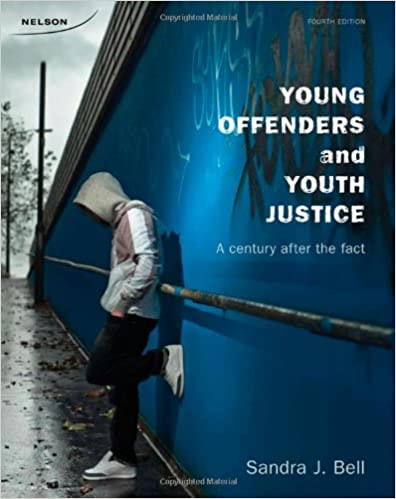


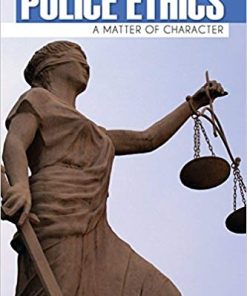

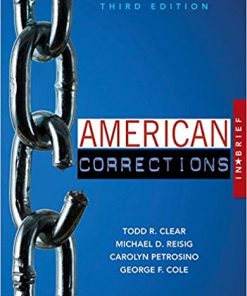
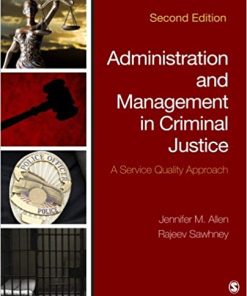



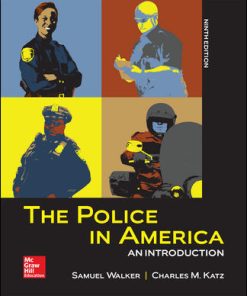
Reviews
There are no reviews yet.